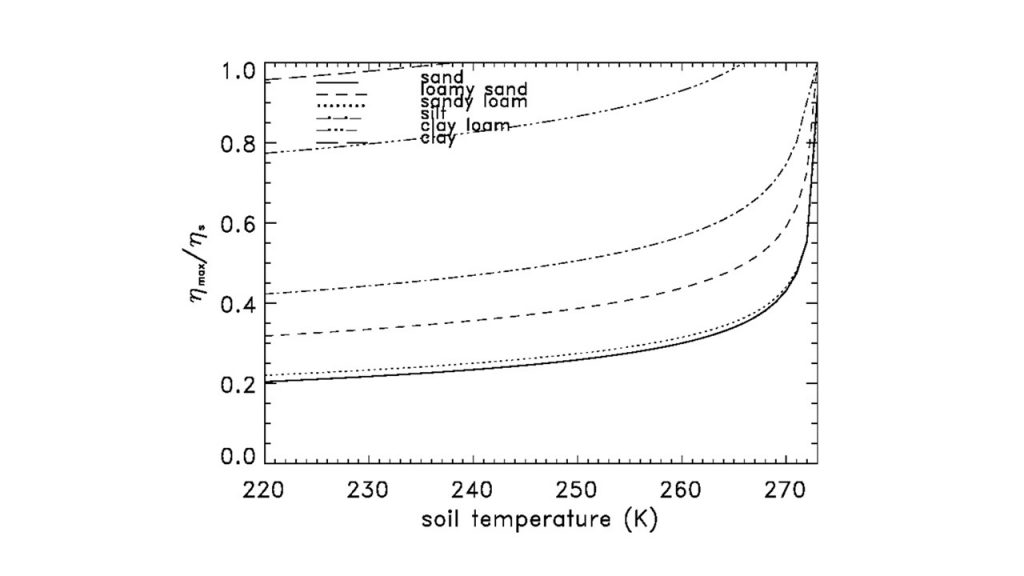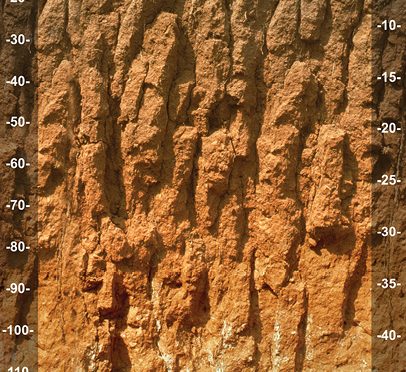Soil properties and saturated subsurface flow
This unit introduces soil properties as they are essential determinants of water uptake from precipitation, water storage in the soil, groundwater recharge, water uptake by roots, soil frost and permafrost, and the lateral and vertical movement of water in the lithospheric paths of the water cycle.

Goals
The goal of this unit is to introduce the properties of soils and basic principles of saturated subsurface flow.
After successful completion of this unit students will be able to
- Define particle size distribution and pore sizes of mineral and organic soils
- Determine the bulk density, porosity and volumetric water content of soils
- Explain and apply the the basic principles of saturated subsurface flow
Students’ tasks
- Read Dingman’s Chapter 7. to 7.3.4 (included)
- Watch this movie of a worked problem
- Watch this movie prior to doing your written homework assignment
- Graduate students: Watch this video
- Fill out the questionnaire and solve the tasks assigned to your class level in the Unit 10 Applications sheet.
FAQ
Q: Does the bulk density use the dry soil mass or the wet soil mass to calculate?
A: Density of oven-dry soil
Q: What are typical values for the porosity and bulk density of soils?
A: Bulk density depends on the fractions of soil organic matter and minerals, soil texture, the density of soil mineral (sand, silt, and clay) and organic materials and how they are packed. As a rule of thumb, most rocks have a density of 2650 kg m-3. Silt loam soil has a porosity of 0.5 (i.e. 50% pore space) and bulk density of 1330 kg m-3. Bulk density of of mineral soils is between these values. The porosity of pure mineral soils is about 0.3-0.5. Porosity increases for high fractions of organic matter.
Q: Which soil has the highest porosity?
A: Sand
Q: Is there cheat sheet I can use to identify soils when I am outside on a hike?
A: Yes. Try the Soil Triangle & Tests handout originally published in J. Agronomic Education (1979)
© Nicole Mölders 2019 | All rights reserved
